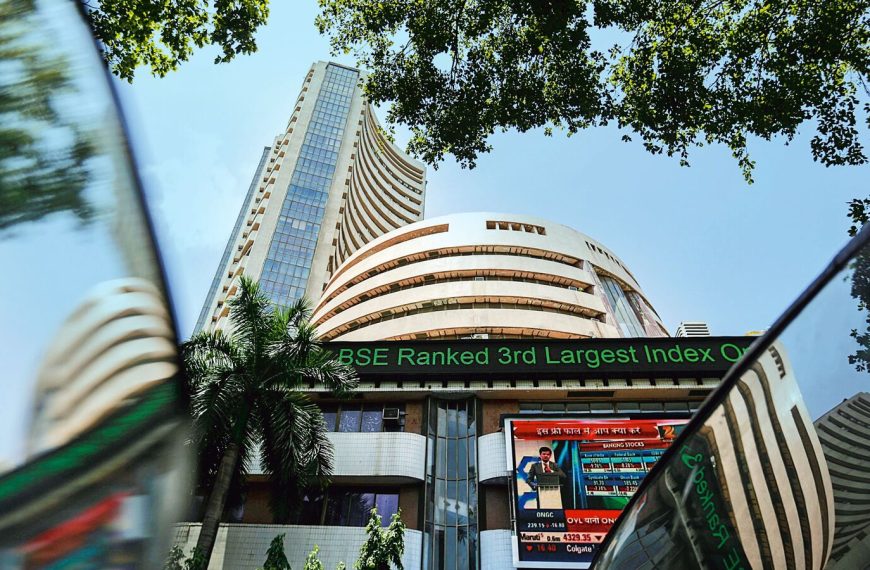The current downturn in the equity market has led to some intriguing changes in how retail investors approach equity mutual funds. Despite the recent market correction, there’s a noticeable resilience among Indian investors, who are adopting a long-term perspective when it comes to mutual funds. Many are asking, “When is the right time to invest more?” indicating a mature outlook on equity investments.
Market Trends: A Global Perspective
Looking ahead to fiscal year 2026, challenges in the market are increasingly influenced by global factors rather than just local dynamics. The ongoing volatility, particularly concerning U.S. tariff policies under the new administration, has created uncertainty. However, domestically, there are signs of improvement. High-frequency data points to a stabilization in growth, and after recent market declines, valuations—especially for large-cap stocks—are becoming more attractive, enhancing the outlook for equities over the next 12 to 18 months.
A Strong Future for Indian Equities
India’s long-term equity outlook remains positive, bolstered by its youthful population eager to elevate their standard of living. As these aspirations evolve, they could drive significant economic growth, positioning equities as a powerful wealth-building asset for the future.
- Key Drivers of Growth:
- Young, growing population
- Increasing consumer demands
- Economic reforms fostering investment
Investment Strategies for 2024
What should investors consider in the coming year? It’s crucial to consult with a financial advisor, as strategies should align with individual risk profiles. Given the current market volatility, a Systematic Investment Plan (SIP) could be an effective approach, enabling investors to build wealth gradually over time.
- Recommended Sectors:
- Private Banks
- Life Insurance
- Telecom
- Utilities
These sectors are anticipated to perform well in the next one to two years, making them attractive options for discerning investors.
The Impact of Global Policies
The potential repercussions of Donald Trump’s policies on the Indian stock market cannot be overlooked. The tariff situation is critical; while we hope these tariffs are merely a temporary negotiation strategy, prolonged tariffs could lead to global economic slowdowns, increased inflation, and reduced trade—each posing risks to equity markets.
Monetary Policy Outlook
With the U.S. Federal Reserve hinting at additional rate cuts this year, the dynamics of growth and inflation are likely to support further easing in India. Expectations are high for the Reserve Bank of India’s Monetary Policy Committee (MPC) to implement a 25 basis points rate cut, shifting from a neutral to an accommodative stance. A total 75 basis points reduction is anticipated for the year, with the repo rate settling around 5.75%. This is in line with the targeted inflation level of about 4%.
Economic Trends and Challenges
Currently, India faces a challenge in maintaining GDP growth. A slowdown in global growth, especially influenced by U.S. tariff policies, could further dampen investor confidence in the private sector. Both Indian and global corporations are experiencing uncertainty, making it crucial to navigate these turbulent waters carefully.
For more insights into market trends and investment strategies, stay tuned for updates and expert analyses.











